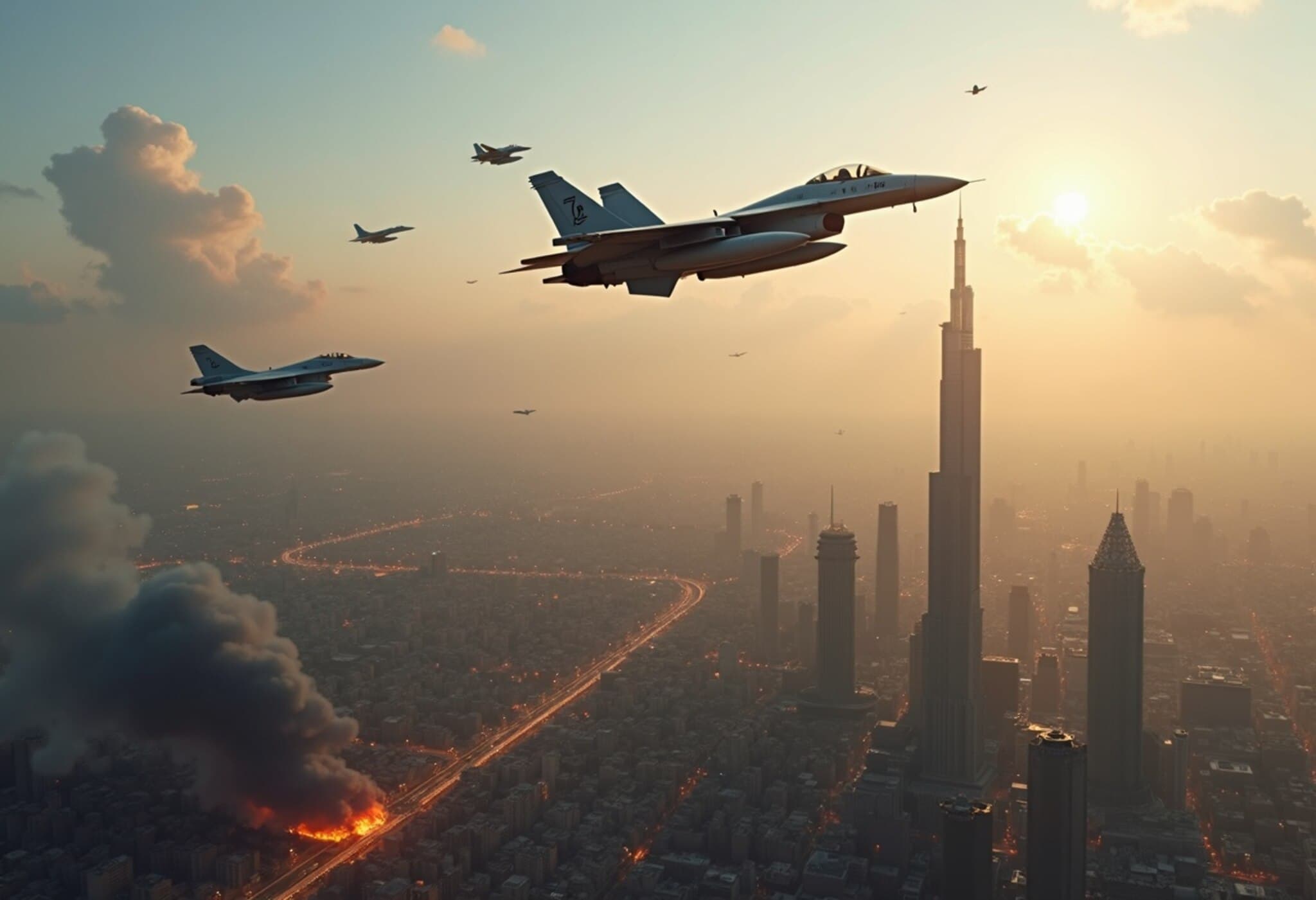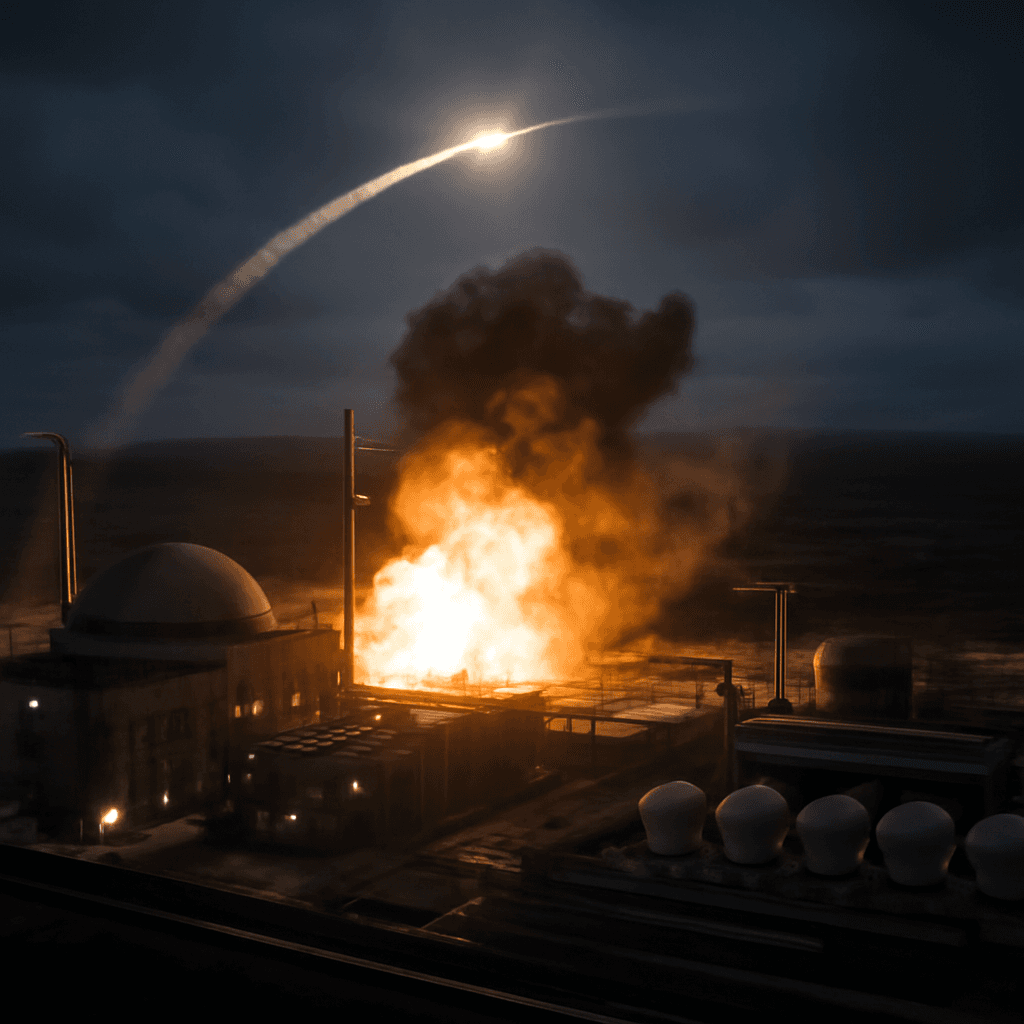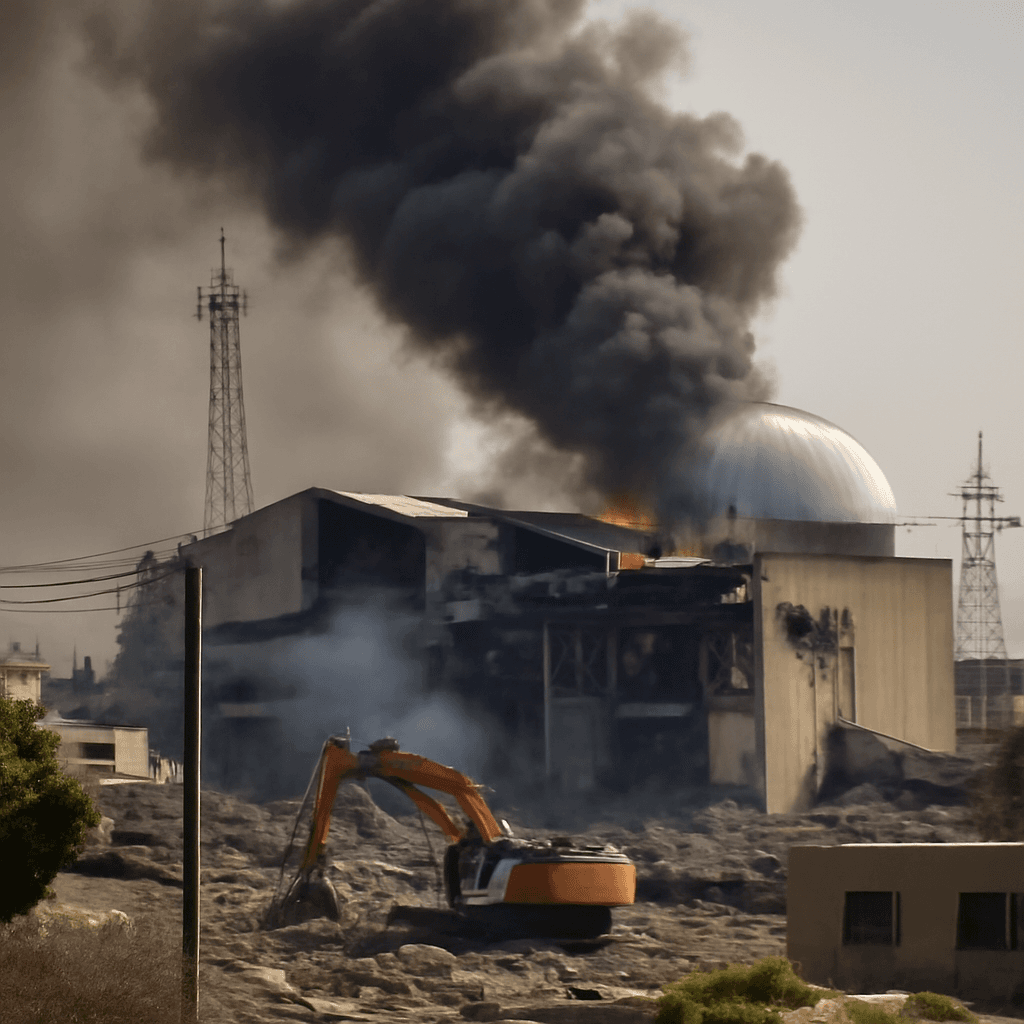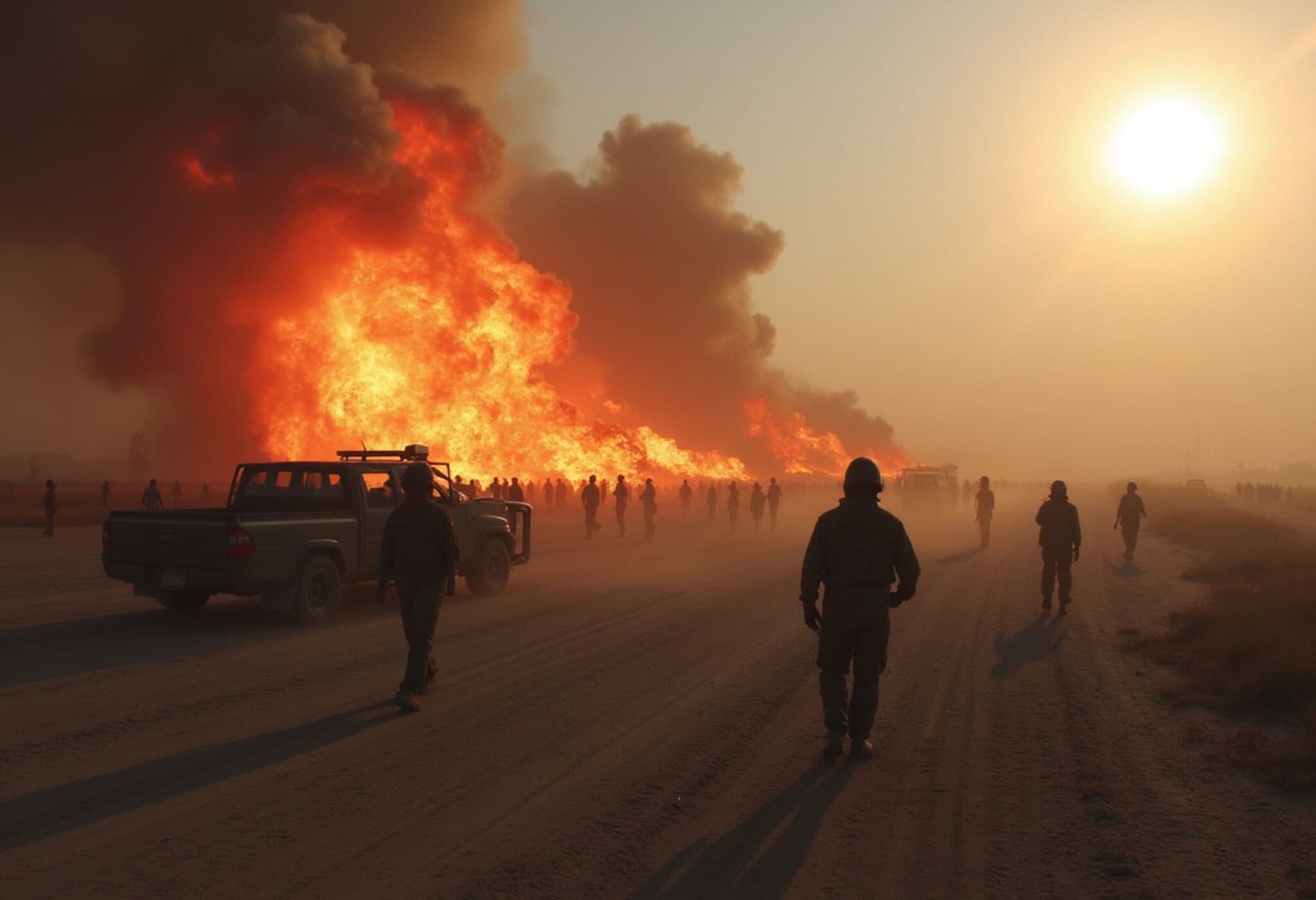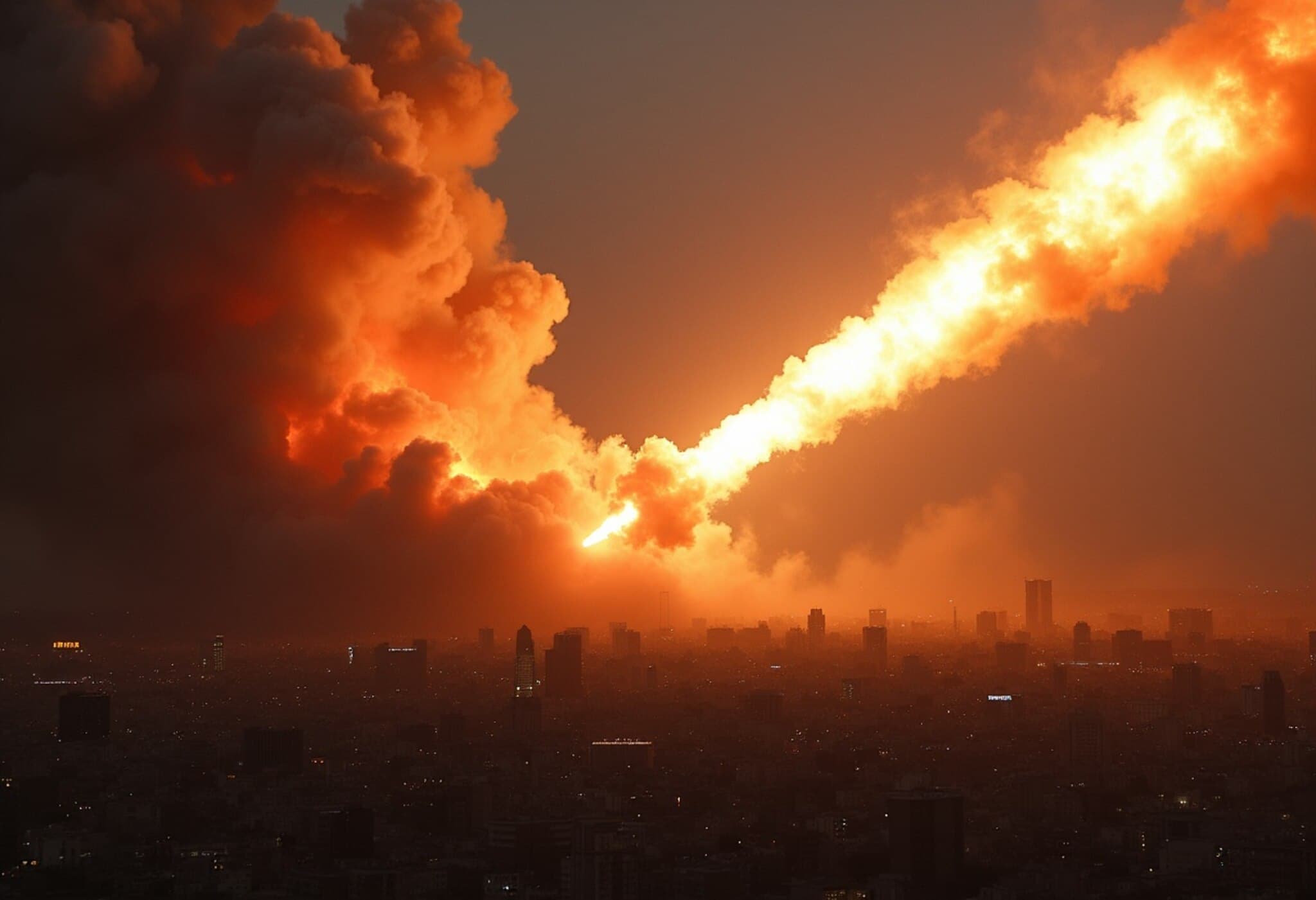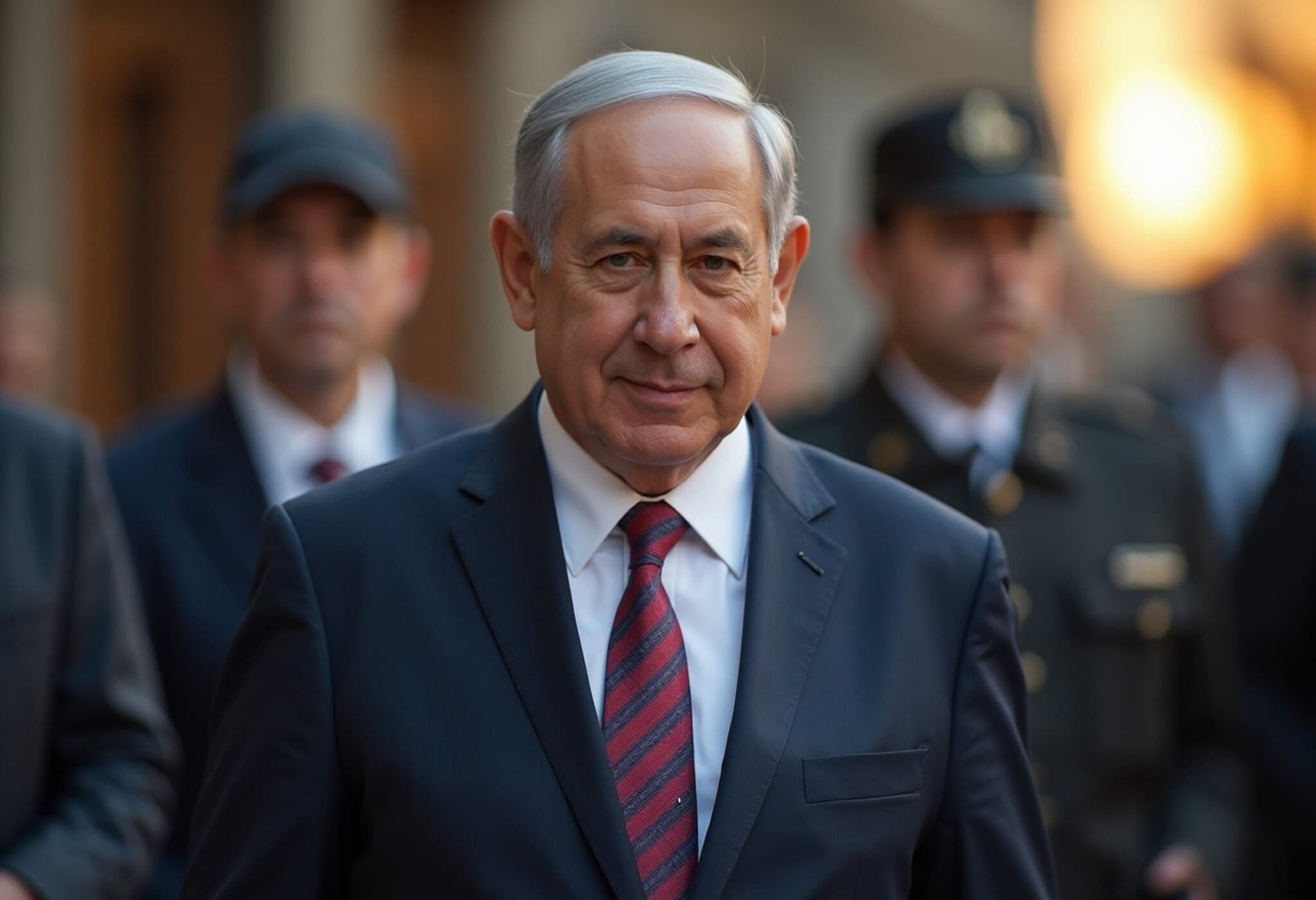Israel Declares Air Dominance Over Tehran After Major Aerial Operation
Israel has asserted that it now holds air superiority over Tehran following a large-scale airstrike targeting Iran's nuclear and military installations. Utilizing more than 70 fighter jets, the operation extended over two hours, marking one of the deepest penetrations into Iranian airspace to date.
Details of the Operation and Its Impact
The Israeli Defense Forces (IDF) launched strikes against approximately 40 sites, which included nuclear facilities, missile production centers, air defense systems, and other military assets. The offensive aimed to cripple Iran’s nuclear capabilities and delay its program by several years.
Brigadier General Effie Defrin, an IDF spokesperson, revealed that Israeli aircraft and drones operated freely over Tehran for at least two and a half hours, overcoming previously robust Iranian air defenses. "Tehran is no longer immune; the capital is exposed to Israeli strikes," he emphasized.
A Strategic Shift in Regional Dynamics
The operation comes amid heightened tensions in the region, following retaliatory strikes by Iran. Israel’s coordinated air offensive reflects months of planning and lessons learned from previous ground and aerial engagements in Gaza and Lebanon. The IDF highlighted:
- A methodical dismantling of Iranian threats step by step.
- Integration of ground combat insights with aerial strategies.
- Continuous engagements targeting Iran’s dispersed nuclear infrastructure.
Recognizing air power alone cannot eliminate all threats, Israel is complementing the airstrikes by also targeting missile production facilities, critical national infrastructure, and regime leadership to maximize impact.
Looking Ahead: Prolonged Delays to Iran’s Nuclear Ambitions
The IDF confidently projects that this combined approach will delay Iran's nuclear program by several years. The unprecedented reach into Iranian territory signals a significant escalation in military capabilities and has implications for the broader geopolitical landscape, potentially reshaping security calculations throughout the region.

